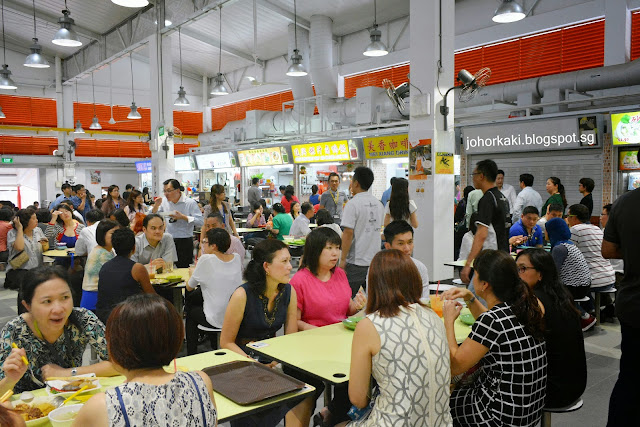
Air conditioning makes hawker centres more comfortable for customers as Singapore weather is perpetually humid and hot. It is also suggested that air conditioning would encourage more youth to take up the mettle to be our next generation hawkers.
This, it is argued, would save Singapore's treasured traditional street food culture which is facing challenges of survival in the face of rapid modernity.
My concern with air conditioning our public hawker centres is that it may have exactly the opposite effect of the good intentions.
Air conditioning will invariably increase the operational and maintenance cost of running a public hawker centre.
Operational costs of stalls will increase as a direct consequence.
It is unlikely that the government will subsidise the cost of air conditioning. Personally, I also don't think it should.
It will be difficult for independent hawkers to afford higher rental and operational costs, without passing it on to the customers. It will be very challenging to break even, given the ceiling price that the general public is willing or able to pay for staple hawker food.
Public hawker centre food is the baseline meal for many workers (who cannot eat at home during work). Many do not have the financial means to opt for an air conditioned place for their daily working meal; so, affordable public hawker centre food is a godsend for workers. Air conditioning public hawker centres takes away that affordable choice from such workers to settle their daily basic necessity.
One possible unintended outcome is the new air conditioned public hawker centres will be unable to get enough independent hawkers to rent the stalls or operate it profitably for long.
In this situation, a likely scenario is large private corporations will step in to take over these public built hawker stalls. These private corporations have the financial, logistical and managerial resources to run the stalls profitably.
To be profitable, the large corporations rely on economies of scale.
As much as possible, the food and ingredients will be prepared en masse in central kitchens. These will merely be assembled and served at the points of sale i.e. the stalls at the air conditioned hawker centre.
They look like yong tau foo, laksa or fish ball noodles but they are really not the same.
They are closer to food from a caterer than hawker food as we know it.
I am ignorant about building and architecture, but perhaps we can look deeper at ways to make use of natural ventilation and leafy shades to cool our hawker centres?
(ok, this is a bit esoteric and off topic but it will help lower our carbon emissions too. Maybe, the architectural faculties of our universities might want to consider taking up the challenge?)
We want to preserve our street food heritage. We want to encourage our youth to take up the mettle of taking our heritage food into the future. We want to keep up with the times and modern realities.
We agree on that.
Absolutely.
It's just that air conditioning our public hawker centres is probably not one of the answers.
I fear that it might leave our heritage food in the cold instead of saving it.
(Preserving our food heritage is a want, not a need. We can survive very well on generic food but we would be soulless, that's all. How far will we go to save our culinary soul? Saving that discussion for another day ;-p )
Date: 22 Mar 2015
Return to Johor Kaki homepage.

No comments:
Post a Comment
All comments submitted with genuine identities are published